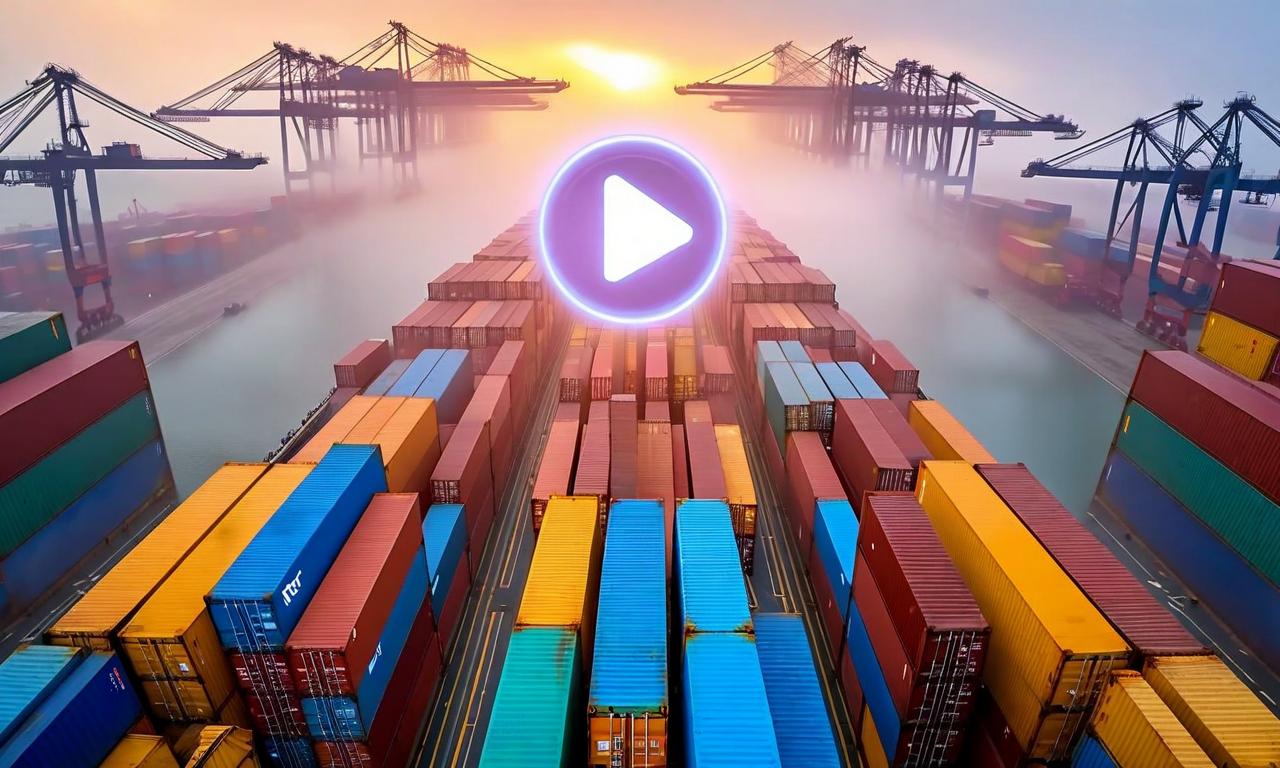Trump Announces 15-20% Global Tariffs, Halts Export Controls for China Trade Deal
President Trump suspended export controls to advance trade negotiations with China while announcing plans for global tariffs of 15-20% on imports from countries without separate trade agreements with the U.S. This move aims to create a more favorable environment for finalizing a trade deal with China while implementing broader tariff measures globally.

*this image is generated using AI for illustrative purposes only.
In a significant move aimed at advancing trade negotiations with China, U.S. President Donald Trump has suspended export controls while simultaneously announcing plans for implementing tariffs on a global scale. This decision marks a crucial step towards finalizing a trade agreement between the world's two largest economies.
Easing Tensions in Trade Negotiations
The halt on export controls appears to be a strategic maneuver by the Trump administration to create a more conducive environment for completing the ongoing trade talks with China. This development suggests a potential thawing in the trade tensions that have persisted between the United States and China.
Global Tariff Implementation
In a separate but related development, Trump announced plans to impose a blanket tariff of 15-20% on imports from countries without separate trade agreements with the United States. Speaking alongside UK Prime Minister Keir Starmer in Scotland, Trump specified the rate would likely be one of those two numbers. This represents an increase from the previously announced 10% baseline tariff.
Commerce Secretary Howard Lutnick had earlier indicated that smaller nations in Latin America, the Caribbean, and parts of Africa would face a 10% tariff under the proposed plan. However, the new announcement suggests a broader and potentially higher tariff rate for most countries.
Implications for Global Trade
The decision to pause export controls could have far-reaching implications for global trade dynamics. It signals a possible shift in the U.S. approach to trade relations with China, which has been characterized by increased tariffs and trade restrictions in recent years. The simultaneous announcement of global tariffs adds another layer of complexity to the international trade landscape.
Next Steps in U.S.-China Trade Relations
While the move to halt export controls is seen as a positive step towards finalizing a trade agreement with China, the specific details of the potential deal remain unclear. Observers will be closely watching for further developments in the negotiations and any reciprocal actions from the Chinese side, as well as the implementation and impact of the proposed global tariffs.
Market Response
The news of Trump halting export controls and announcing global tariffs is likely to be closely monitored by financial markets worldwide. Investors and businesses with stakes in U.S.-China trade relations and international trade more broadly may react to these developments, potentially impacting stock prices and economic forecasts.
As the situation continues to evolve, stakeholders in international trade will be keenly awaiting further announcements regarding the progress of the U.S.-China trade negotiations, the potential terms of any forthcoming agreement, and the specifics of the global tariff implementation.

























